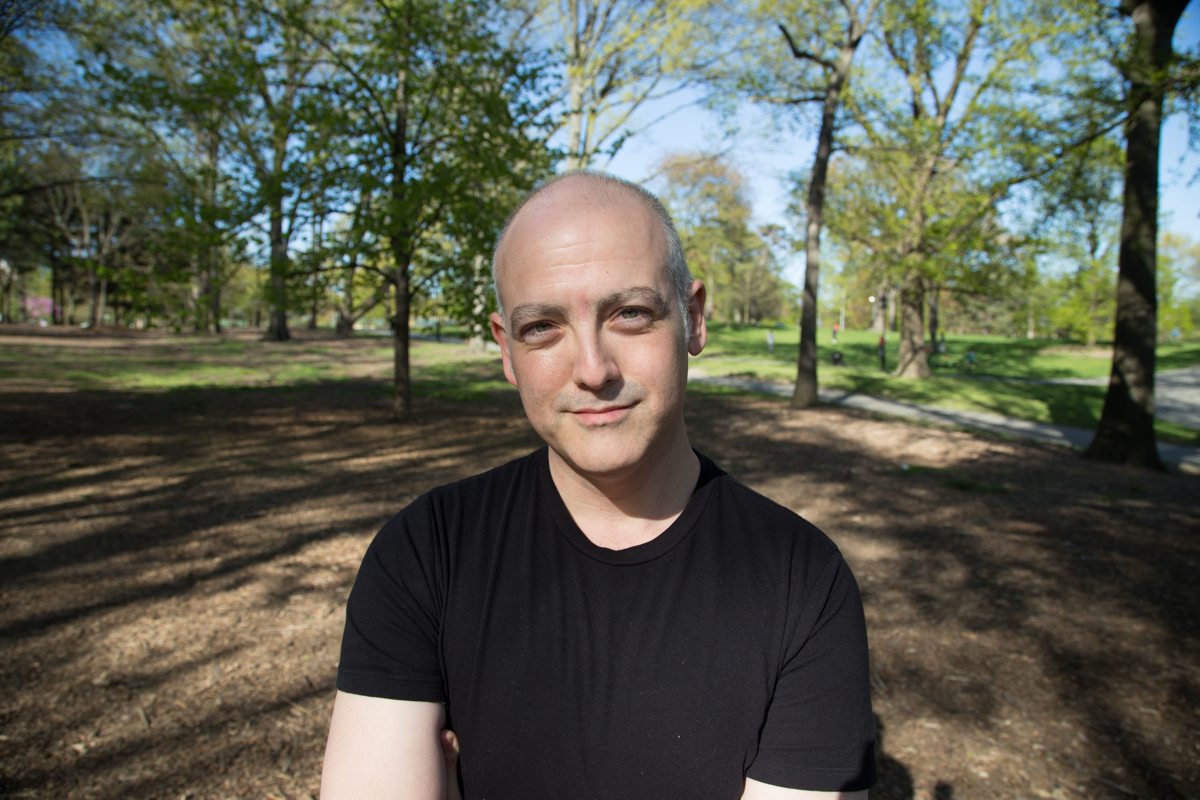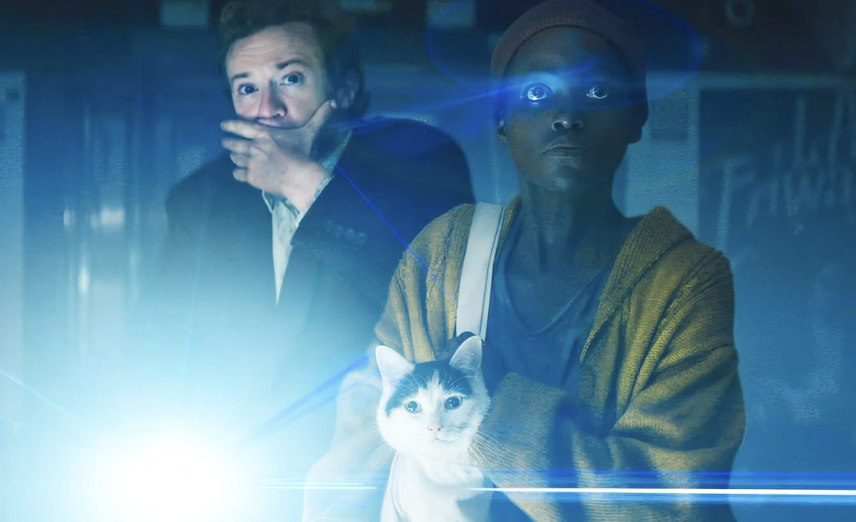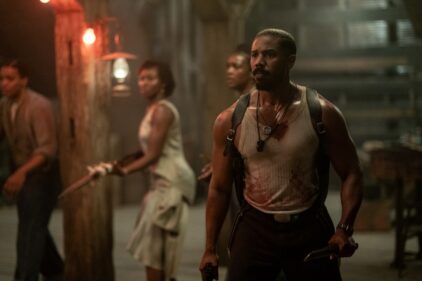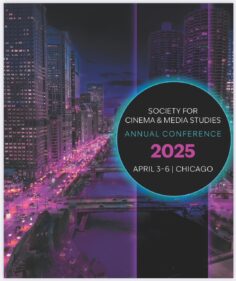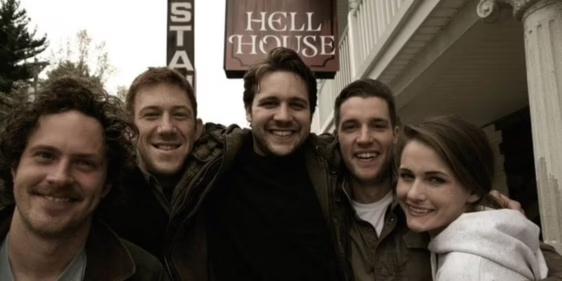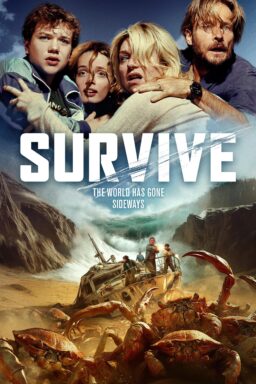I did not expect “A Quiet Place: Day One” to be this series’ answer to Richard Linklater’s “Before” trilogy, as well as the best showcase for mostly-wordless acting since John Woo’s under-appreciated 2023 action film “Silent Night.”
But in retrospect it shouldn’t be surprising, considering that “Day One” was co-written and directed by Michael Sarnoski. Sarnoski’s debut feature “Pig” had a trailer that made it seem like it might be a bleakly comic revenge thriller, but it turned out to be a measured, at times hushed character study starring Nicolas Cage as a chef who lost everything, moved to the forest, and remade his life around his relationship with a truffle-hunting pig that he considered his best friend.
“Day One” takes its sweet time getting to the inciting incident (alien invasion) and instead sets up the plight of its heroine Sam, a terminal cancer patient spending her final days in a Brooklyn hospice that seems to be populated mainly by seniors. Sam is played by Lupita Nyong'o, an expert at reaction-driven horror performances, having played dual roles in Jordan Peele’s “Us.” She eventually gains a partner on her journey, a university student from England named Eric (Joseph Quinn of “Stranger Things,” and multiple BBC programs). Other characters appear in the movie, including a protective father played by Djimon Hounsou (who also appears in “A Quiet Place: Part II”) and a hospice worker played by Alex Wolff. They either get eaten by monsters or don’t.
All are given a full measure of humanity in the brief time they’re onscreen. But the focus is on Sam and Eric, who bond with each other, each taking pity on and helping the other when things are dire or terrifying. What differentiates this film from the first two is that the main characters have no blood ties. It’s not about protecting your family but protecting somebody you didn’t even know five minutes ago, which is a different proposition. Sam and Eric randomly cross paths and become a dyad, moving towards the South Street Seaport, towards a large body of water (the creatures hate water) where boats might take them to safety.
Sarnoski’s plotting refines the idea explored in the first two films, that we’re essentially watching zombie movies with xenomorph-style aliens in them who hunt by sound: aka, a survival film with a picaresque narrative. In stories like this, what happens to the characters during their journey is more important than the journey, or the destination. Which is not to say that the destination is unimportant to Sam — a Harlem pizzeria where Sam used to enjoy her favorite New York slice after watching her late father play jazz piano in a small club — but that “Day One” lets us know that it’s all a pretext to let Sam have scary adventures, test herself, and learn to care and love again, and to let the two lead actors act mainly with their faces and bodies, not so much with dialogue (because if the creatures hear you, they kill you).
The low-stakes but high-impact strategy here is part of a subgenre of story that I’m fond of, in which characters go to great lengths to accomplish tasks whose rewards are objectively tiny and don’t cover the financial or emotional costs of the mission. One example is the David Lynch movie “The Straight Story,” where an elderly man who decides to make amends with his estranged brother before he dies and chooses to drive the distance in a tractor that can’t go more than twelve miles per hour. Another example is the Charles Portis novel Norwood, about a Korean War veteran who travels all the way from Arkansas to New York City and back to collect $70 owed to him by an army buddy.
What struck me most about this movie is its absolute confidence in the idea that if the characters seem like fully thought-out human beings whose emotions and need we connect with, you don’t need nonstop action to keep audiences riveted. I don’t know what the ratio of action to character development is in this film versus the others, but it feels like there’s less of the creatures. They’re treated like an elemental force, like a fire or flood or tornado, or like high-tech enemy combatants who invade another country but never leave their vehicles (their bodies gleam like armor and seem nearly impregnable). You don’t know what they want or how they got to Earth, and you know (because this is a prequel) that they won’t be defeated or even impeded — that the only possible outcome is, the main characters die, or one of them gets to live.
Although Krasinski didn’t direct this movie, he did co-write the other two (sharing the script for the first with Bryan Woods and Scott Beck). There’s continuity between all three “Quiet Place” films and Krasinski’s recent “IF,” in that none of the films move according to the typical rhythms of a Hollywood blockbuster, and could be considered indulgent by some in the way that they spend long scenes simply observing human behavior and luxuriating in whatever kind of moment the movie is creating. Although I wouldn’t describe any of the films as particularly deep, they are artful in their simplicity, and inspiring in their belief that if you have good actors playing characters with simply delineated needs and goals, the audience will follow you anywhere, and bend to adapt to whatever the film’s needs happen to be.
Not for nothing, I bet, does the initial attack coat everyone’s faces in ash that renders their race/ethnicity irrelevant while also subtly getting across the idea that they’re going to have to spend the rest of their lives as mimes who have to get their point across by gesturing with their bodies and acting/reacting with their faces. I also appreciated the attention paid to Nyong’o and Quinn’s faces in tight closeups as they think or feel or react without words. Sarnoski treats them the way the great directors of a hundred years ago treated silent movie actors. Nyong’o’s tight cap and shorn head evoke Falconetti in “The Passion of Joan of Arc,” while something about the shape of Quinn’s face and eyes (or maybe it’s how he’s lit?) makes him look like Charlie Chaplin, or possibly Robert Downey, Jr. playing Chaplin.
I came out of this film feeling as if I’d seen an incredibly expensive and often very suspenseful stage production about a couple of people who had to fill out the details of an ever-changing relationship with few words. The creature attacks are effectively frightening and are done with an eye for realism (notice how we almost always see them in relation to Sam and Eric, or from a great distance, scampering across city streets and up buildings like cockroaches). But they’re not the show. That would be the two main characters and the actors who play them.
